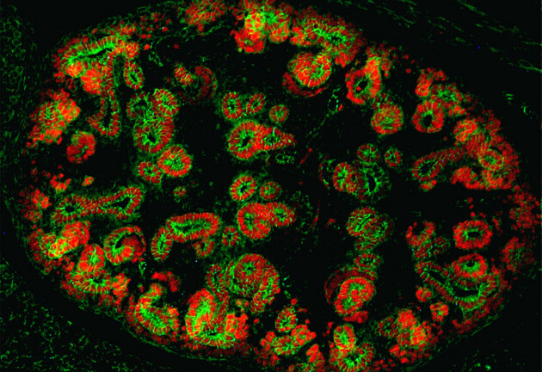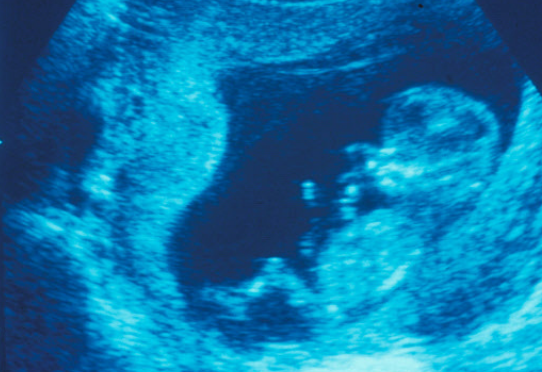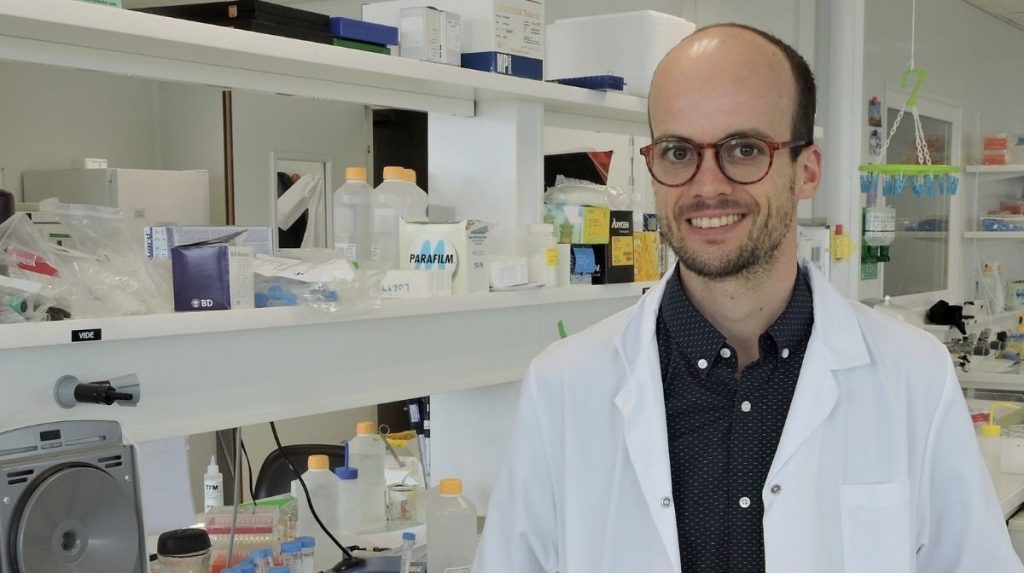
No matter how sophisticated it is, you can never cross the country with a miniature locomotive! Well with that Organoids, it’s a bit the same. These small biological units created in the laboratory are very useful for scientists because they allow them to study certain functions of our organs. However, they are not (yet) real “mini organs”.

A Organoid is a small three-dimensional biological structure that replicates some of the functions of an organ, but not all! To form an organoid, “immature” cells are used that can multiply infinitely (or almost) and produce cells with specific functions. These cells are cultured in vitroUnder conditions that cause them to specialize and organize in space, as do the cells of the embryo or the cells of adult tissues capable of self-regeneration. Ultimately, scientists are able to obtain miniature and simplified versions of most of our organs: liver, intestines, kidneys, heart, retina, brain, etc.
The goal of the researchers who developed the first organoids was initially to study the processes associated with the development and anatomical organization of our tissues. But since then, these simplified organs have become excellent tools for biomedical research. They represent, in fact, very good models for the analysis of the different physiological mechanisms involved in the functions that allow us to reproduce them, as well as for the analysis of their pathological disorders. They also make it possible to test the effects of drugs or other substances and to get an idea of their toxicity before starting tests on animal models. By being able to go beyond experiments with simple 2D cell cultures, their use should lead to a reduction in the number of animals used for research purposes.
But will they one day be able to serve as “spare parts” in cases of organ failure? They are currently too small and incomplete for that, but also too insecure. Since they are known to arise from the self-organization of cells, there is inevitably uncertainty regarding their microarchitecture and the differences between individual organoids. However, developments could lead to the development of improved organoids with a more advanced anatomical and functional structure. In order to leave less room for chance during production, the use of bioprinting is being considered. This approach is being developed particularly at Inserm at the ToNIC research unit in Toulouse or toBioPrint Technology Research Accelerator in Bordeaux.
To learn more about organoids as research tools:
also read








